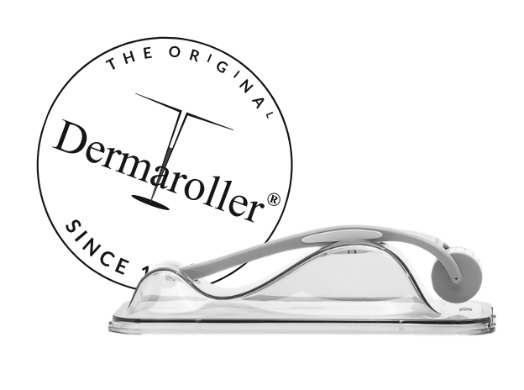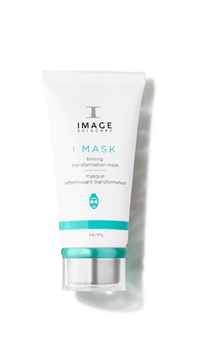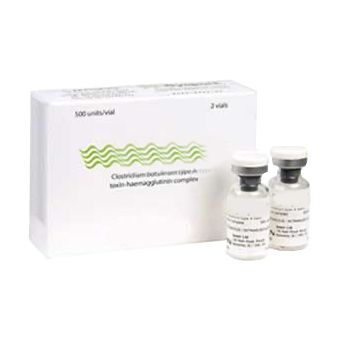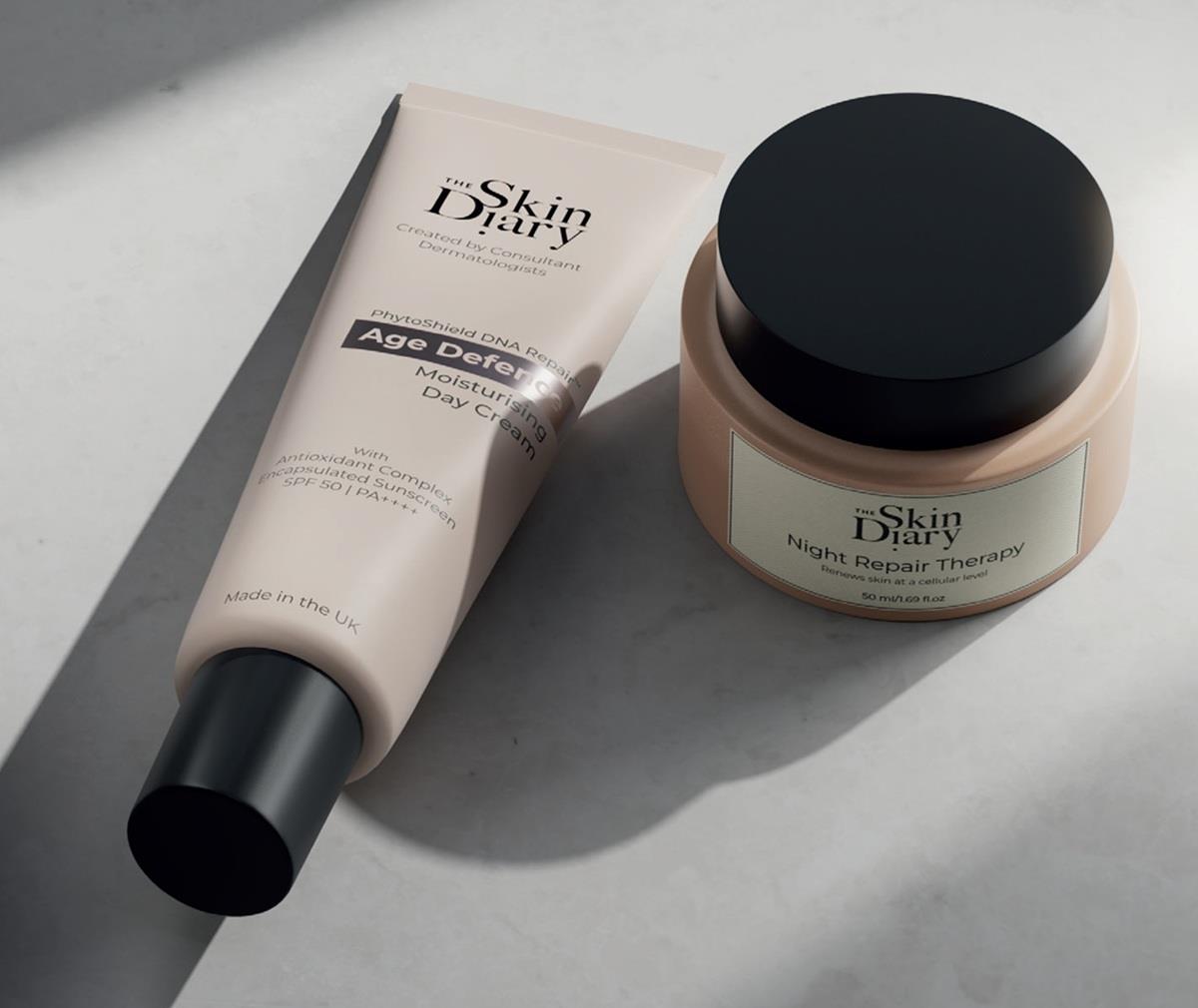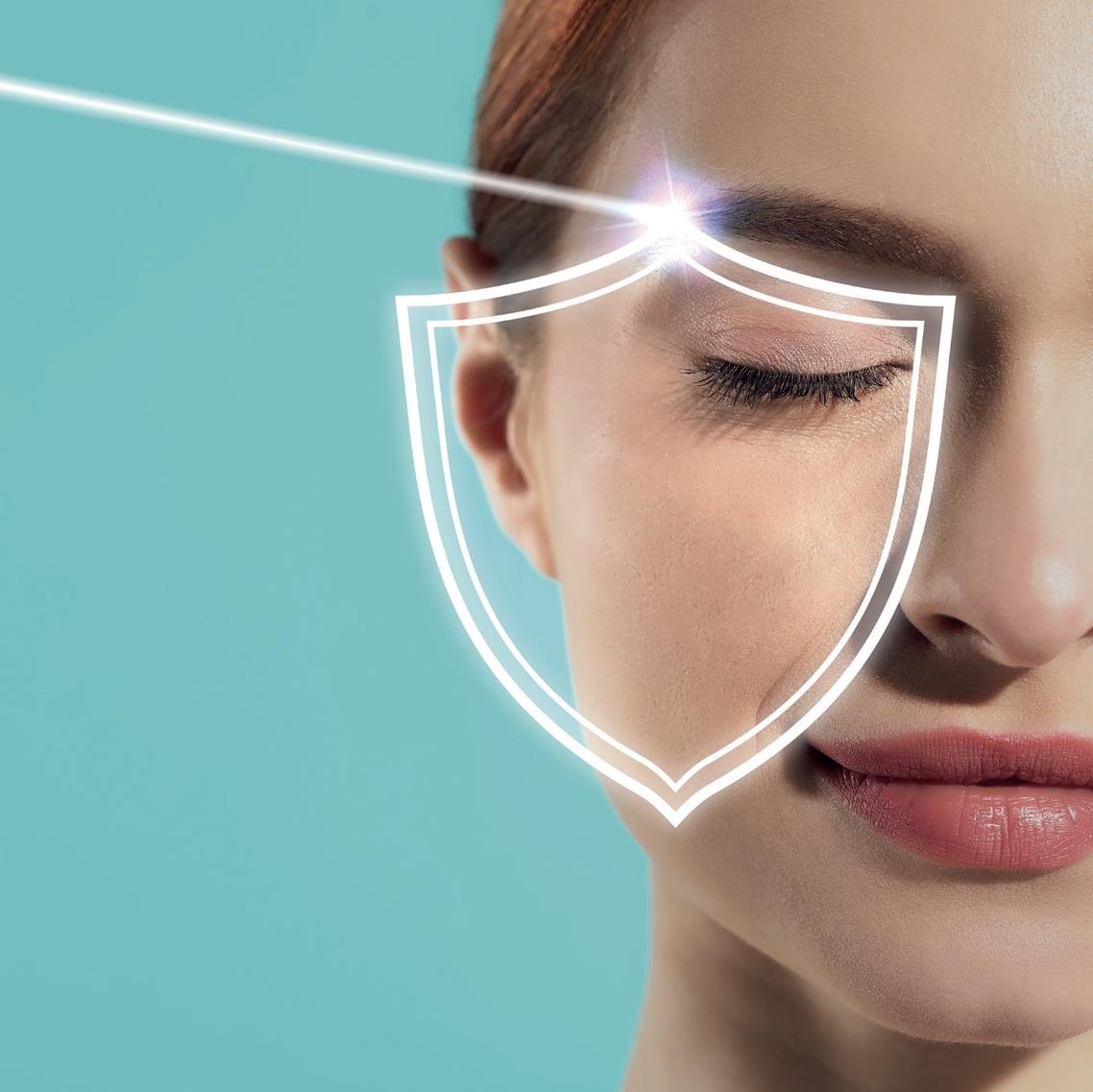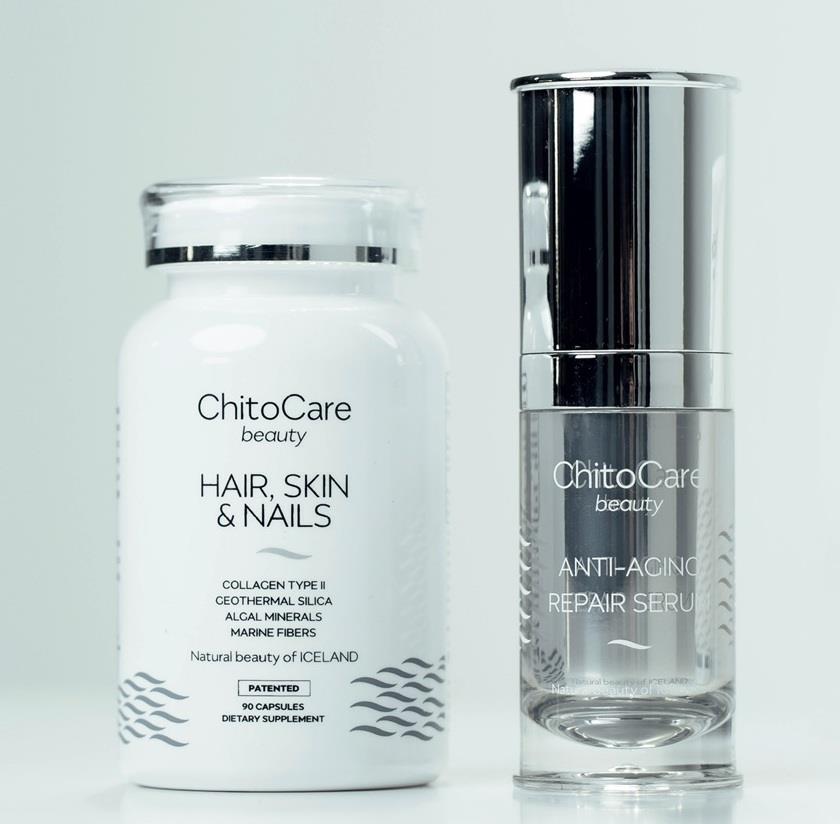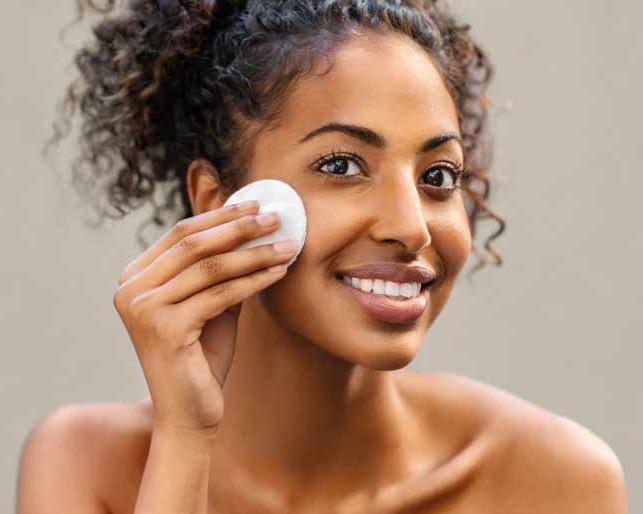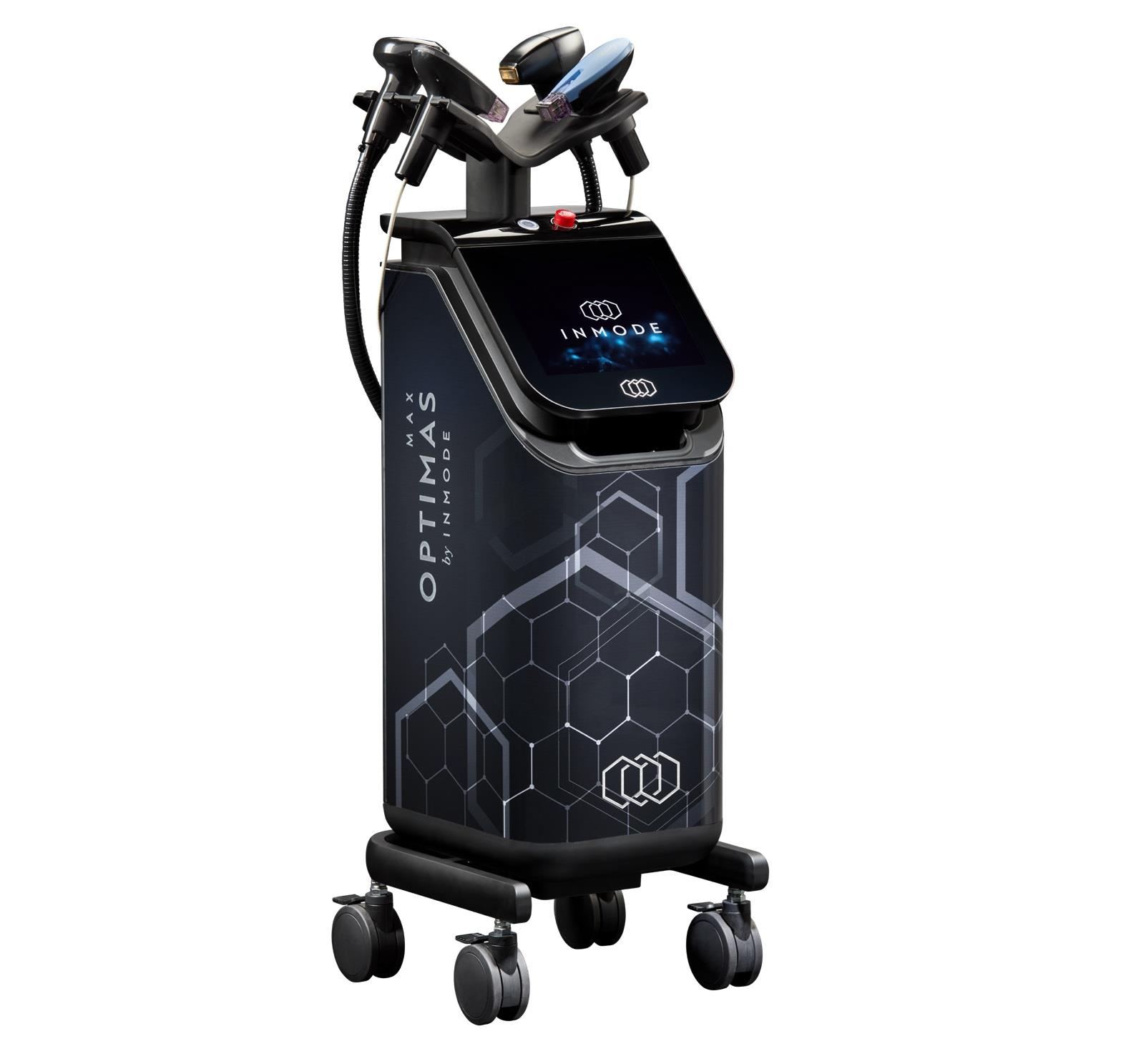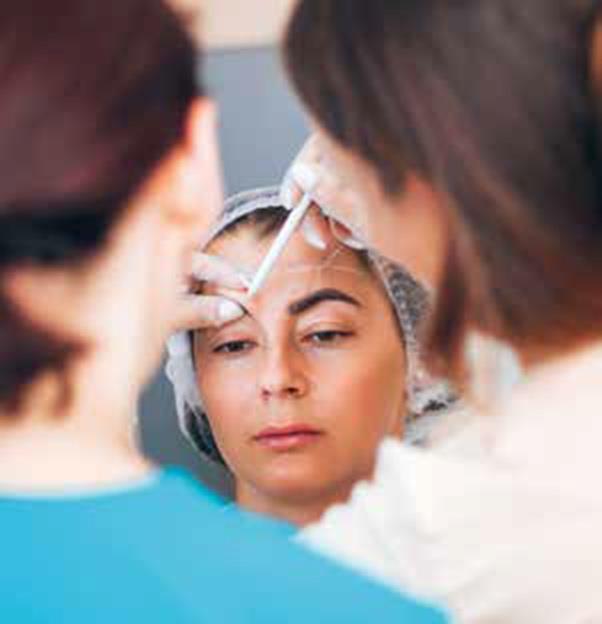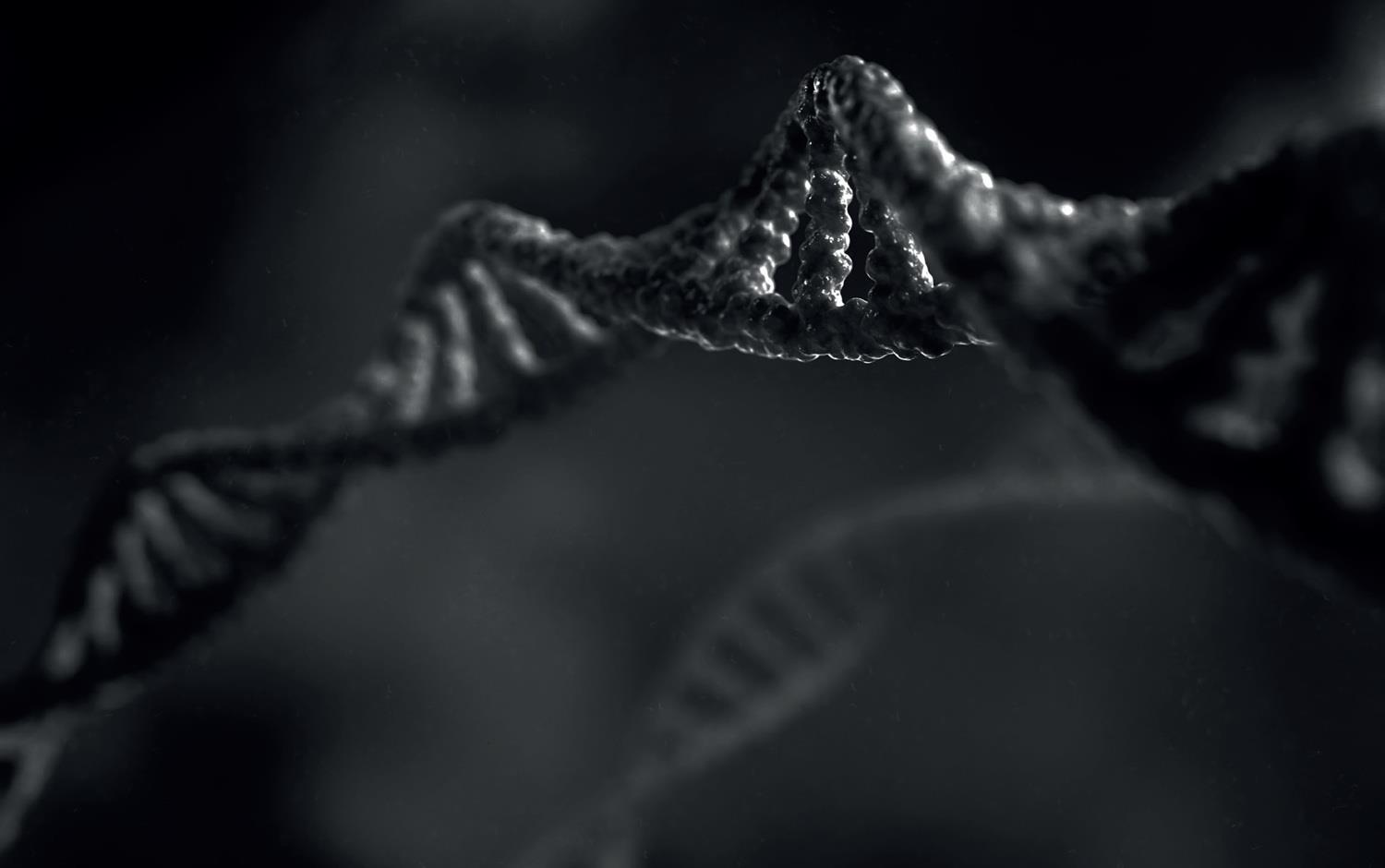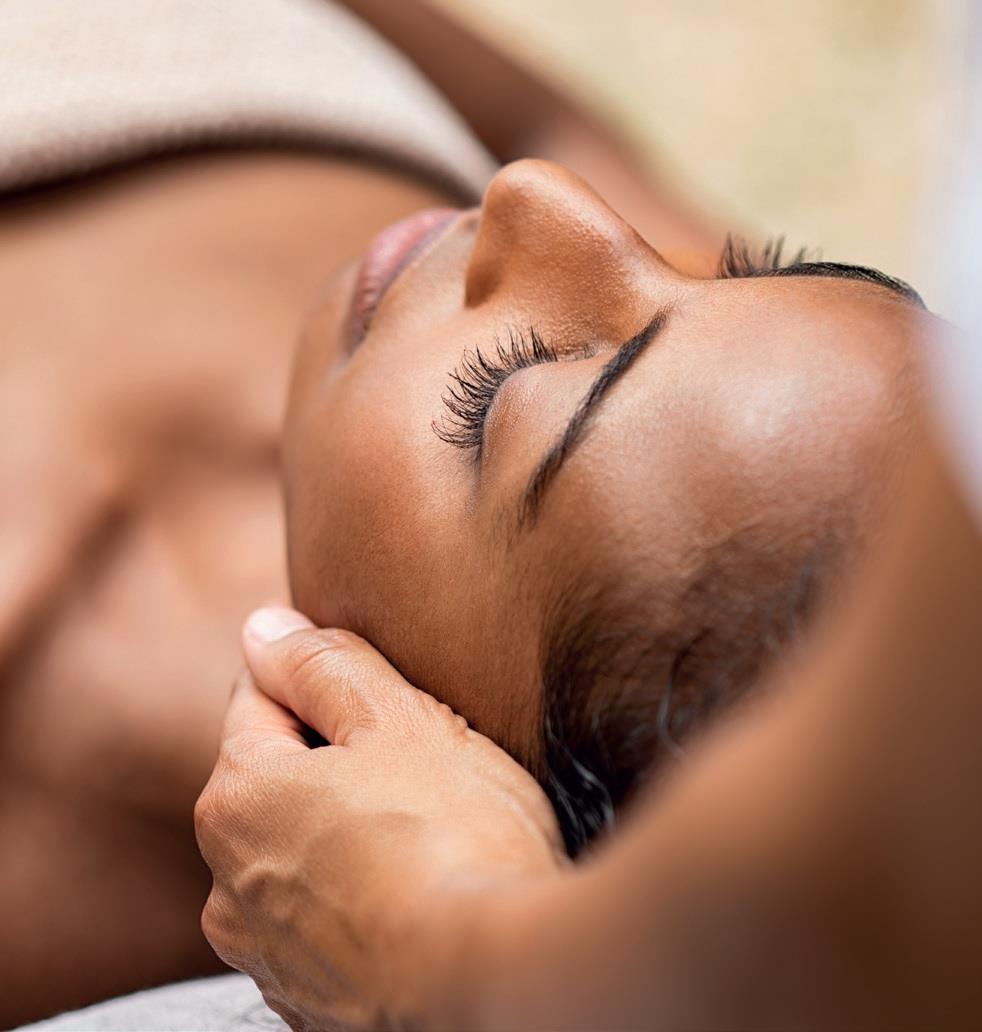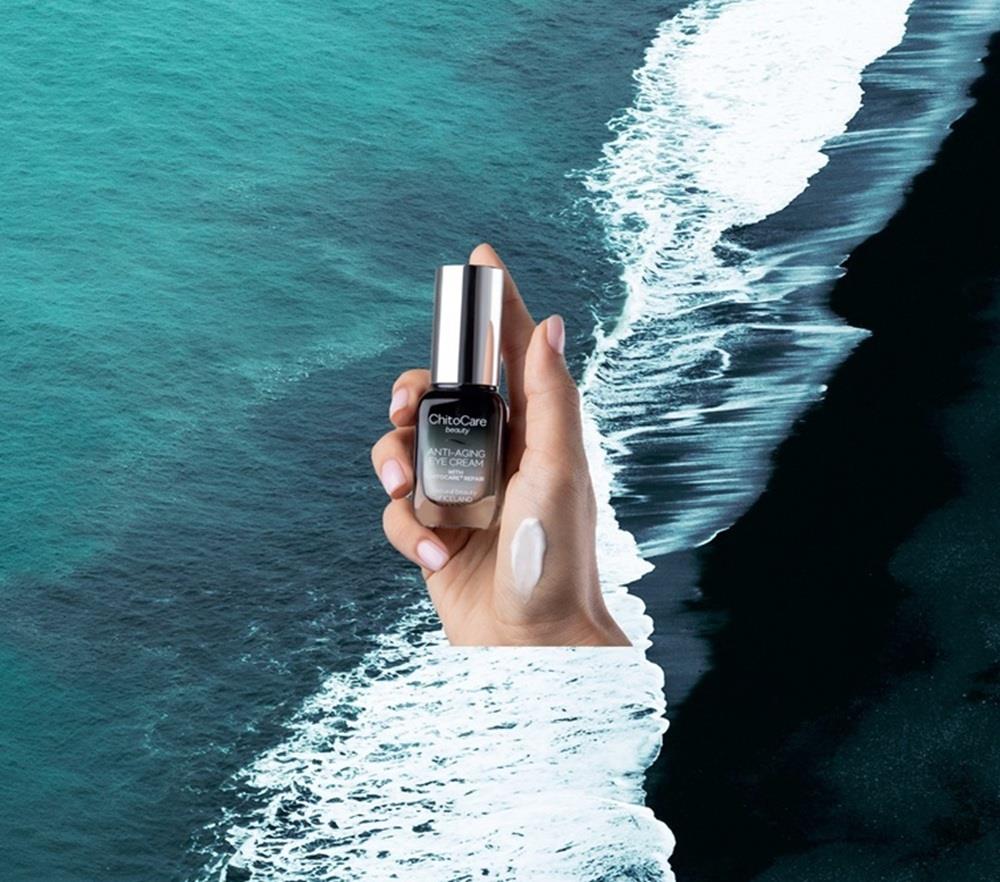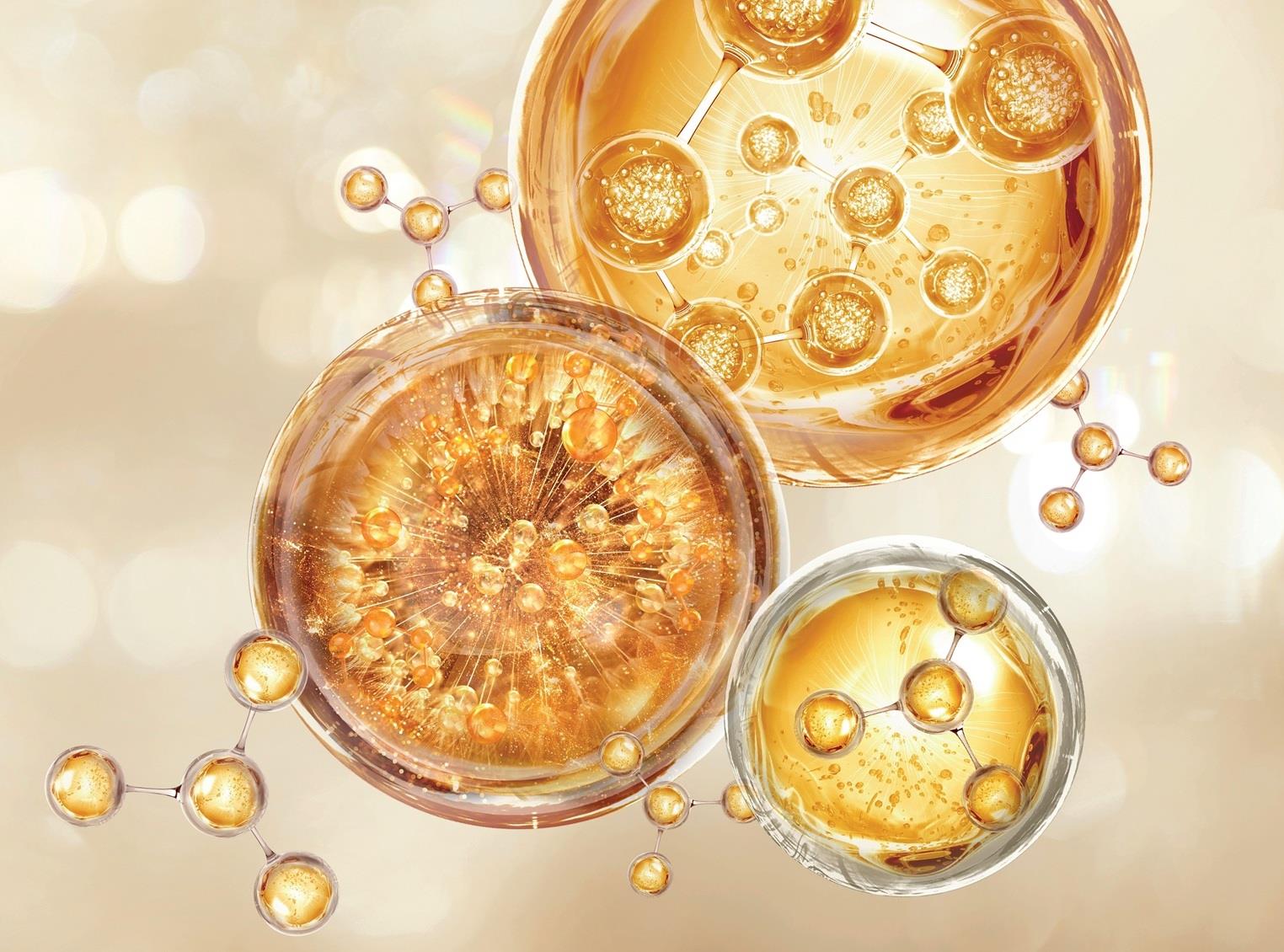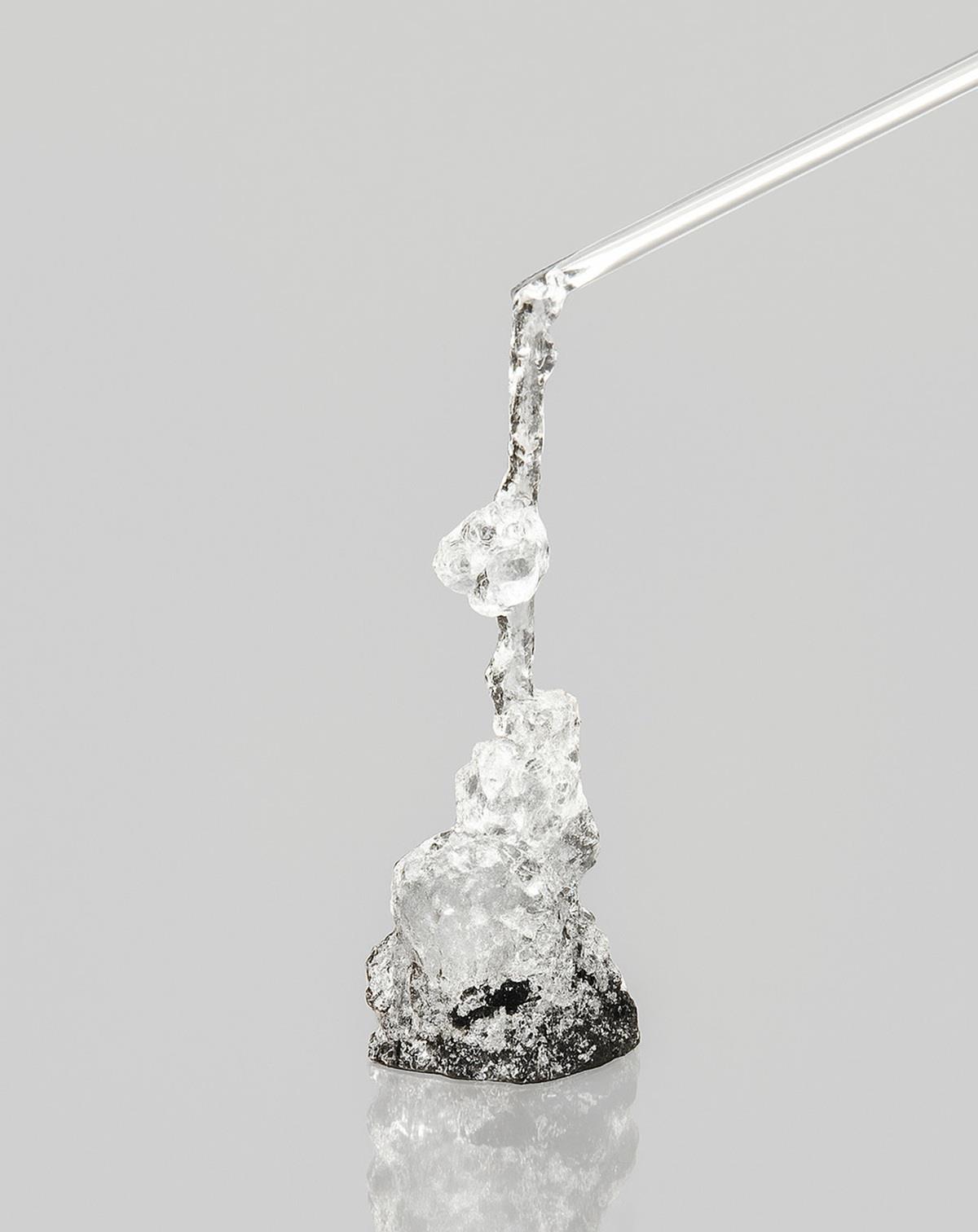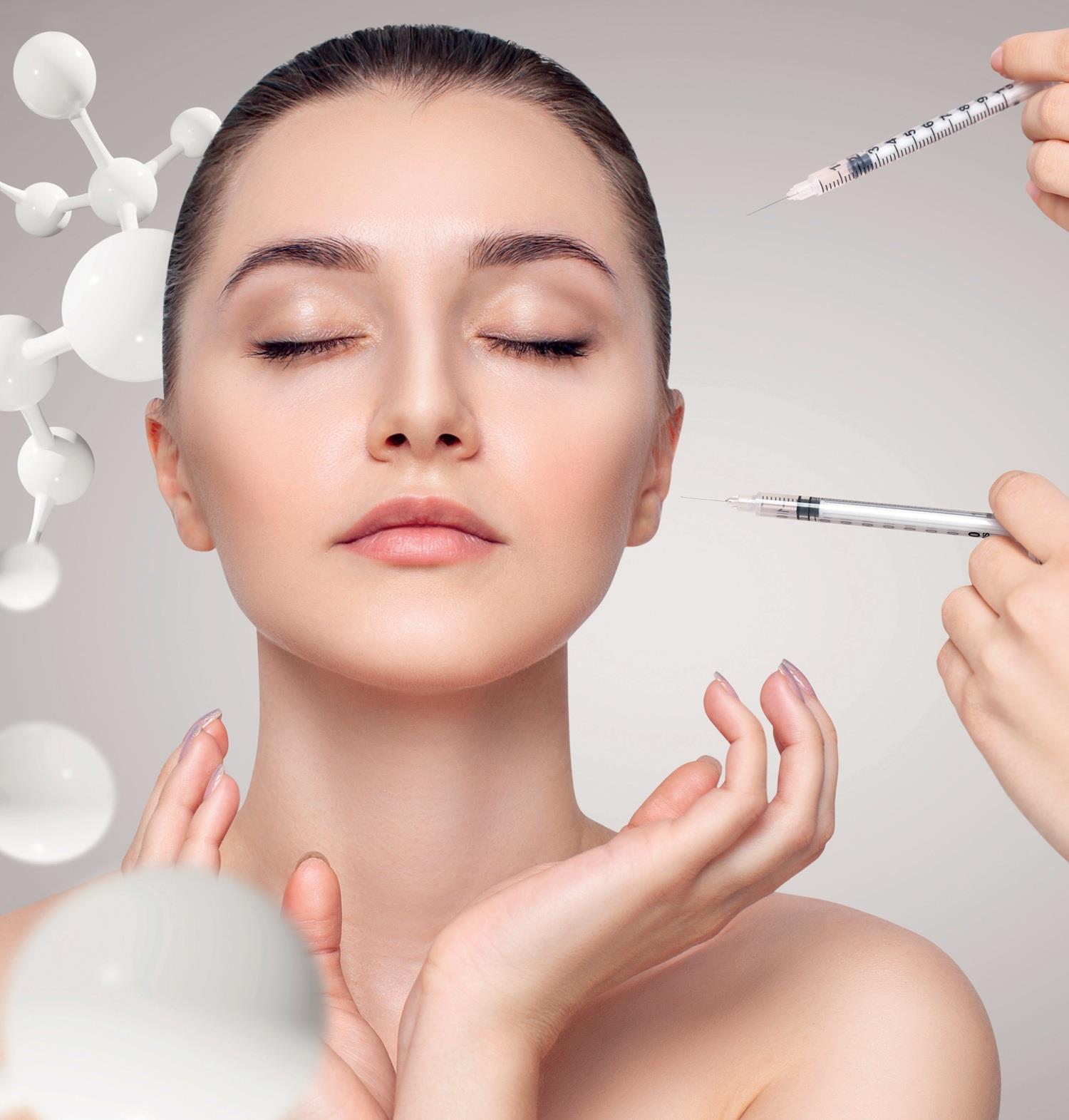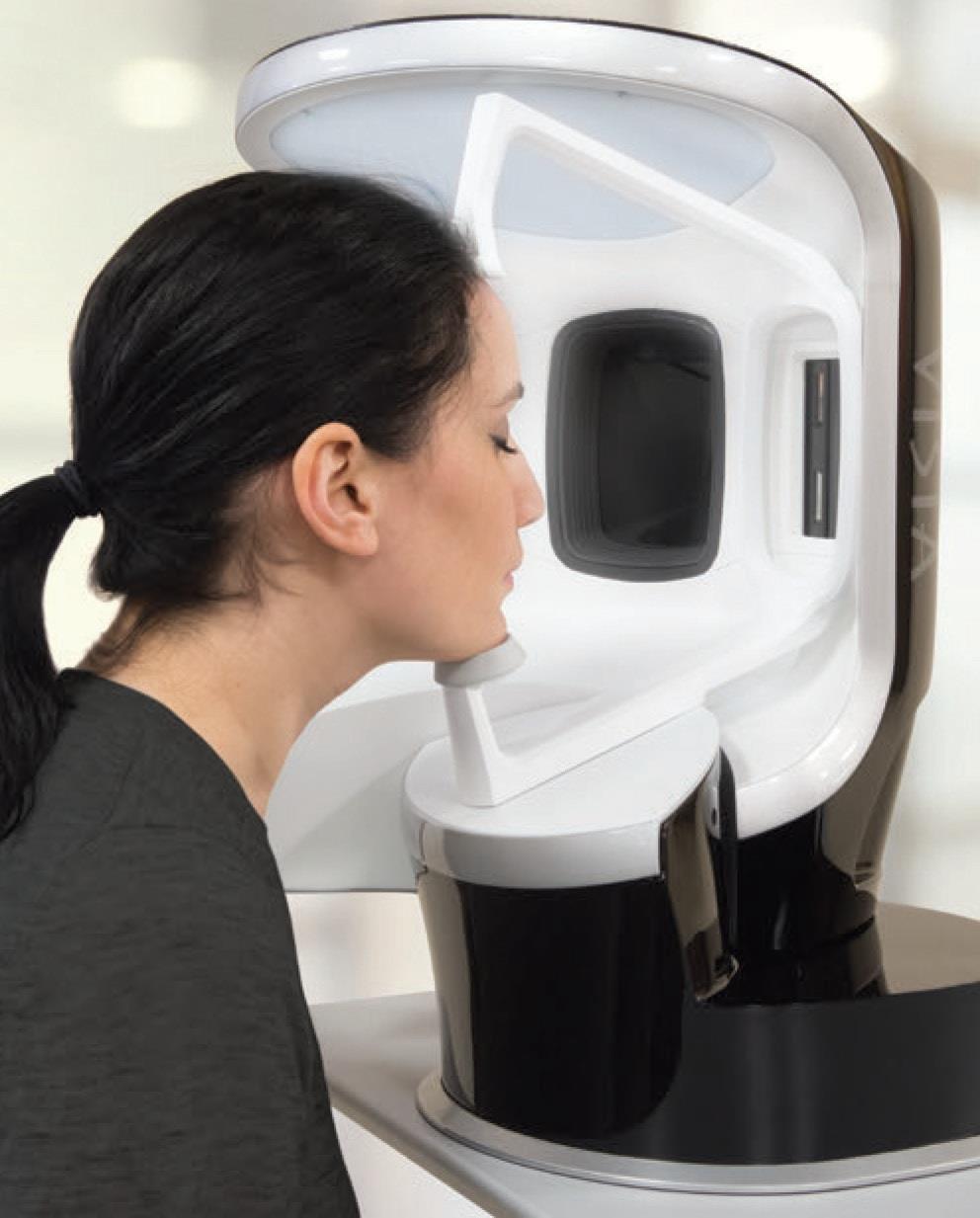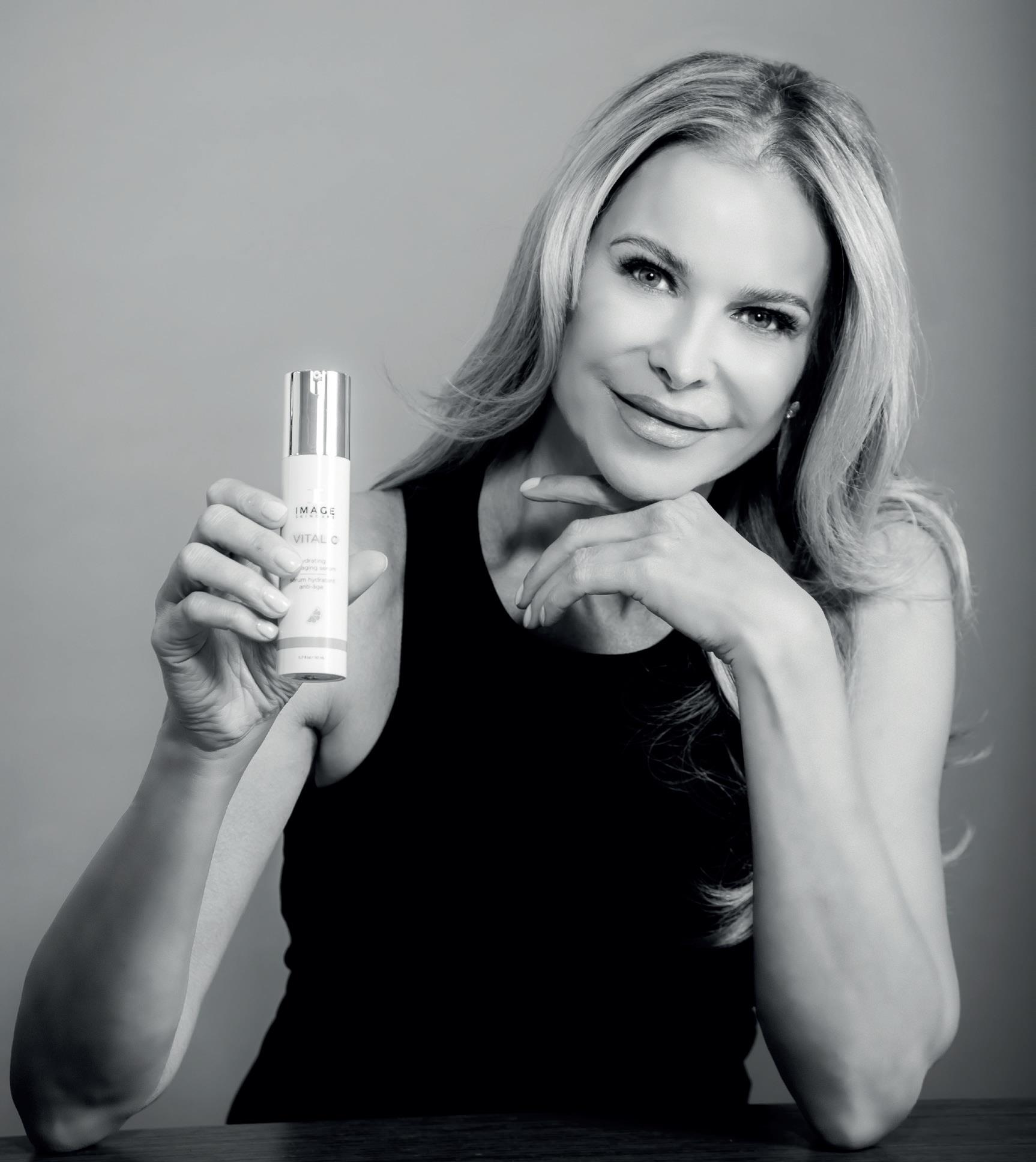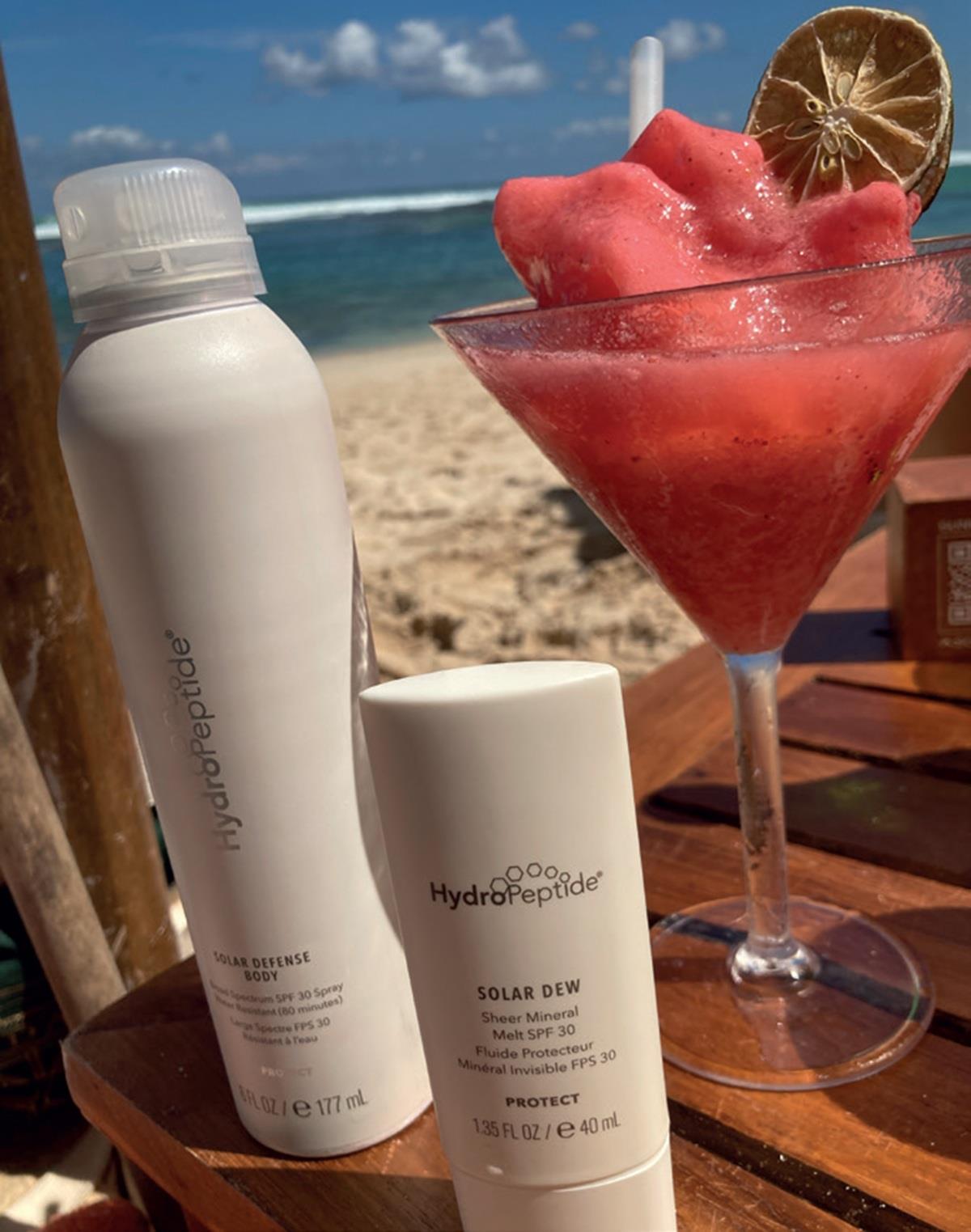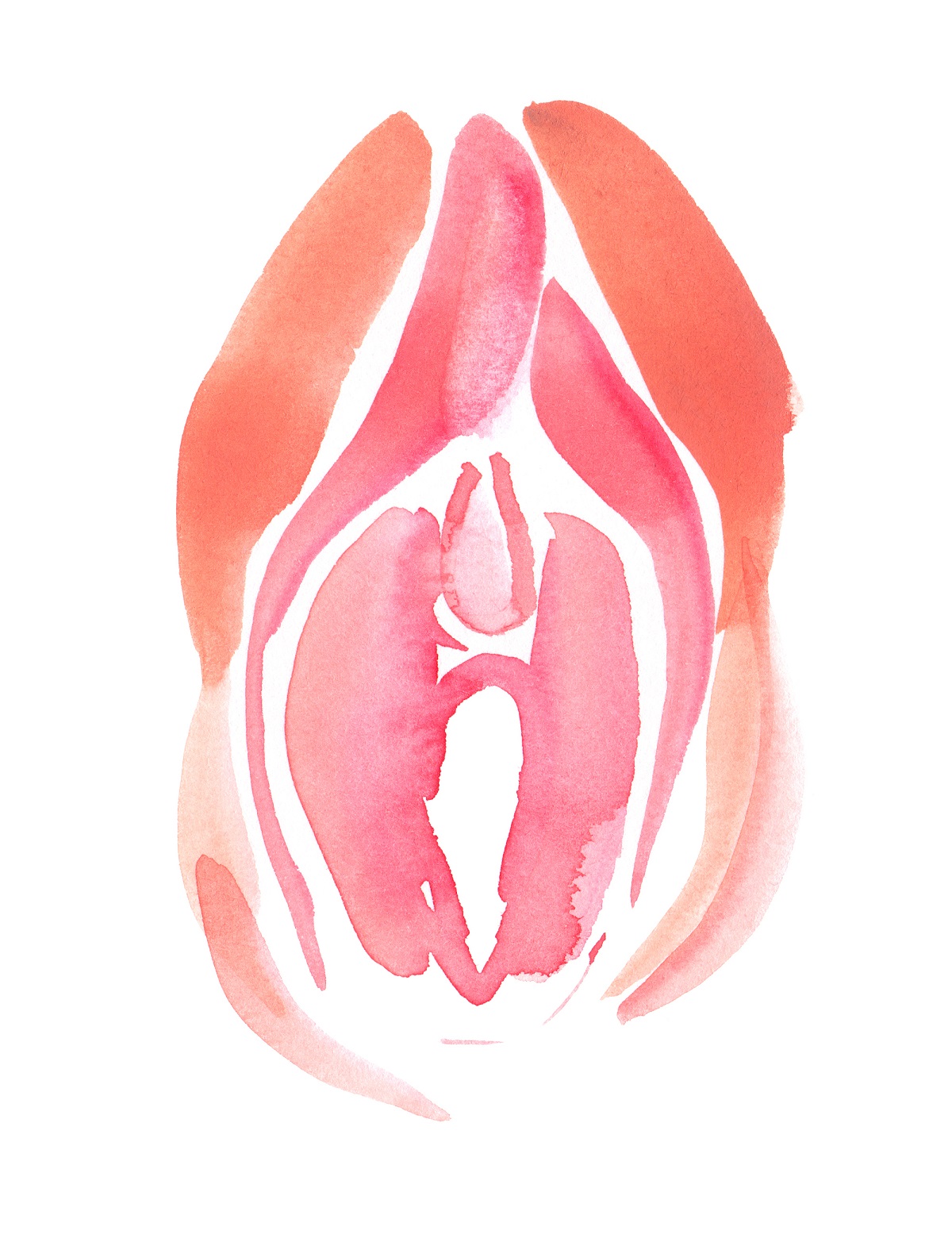
Treatment Options For GSM
As an intimate health expert, I often see women suffering with Genitourinary Syndrome of Menopause (GSM), which is a chronic condition that affects the vagina, vulva, and lower urinary tract.Previously known as vulvovaginal atrophy or atrophic vaginitis, it affects more than half of postmenopausal women.
It is caused by low oestrogen levels around menopause, but can also occur for other reasons, such as primary ovarian insufficiency, surgically induced menopause, postpartum and breastfeeding-related hormone imbalances, cancer treatment, or as a result of medications, such as gonadotropin-releasing hormone agonists or aromatase inhibitors.
GSM results in bothersome symptoms, including vaginal dryness, itching, dyspareunia, decreased libido, urinary urgency and increased frequency, and urinary tract infections.
Sadly, women are often embarrassed to seek treatment, and health care professionals do not always actively screen for GSM. As a result, GSM remains underdiagnosed and undertreated.
Although the vasomotor symptoms of menopause typically improve over time, GSM is chronic and progressive, and symptoms are unlikely to resolve without treatment.
Vaginal Changes After Menopause
When oestrogen levels begin to decrease, it can lead to changes in the anatomy and function of these tissues, which can lead to symptoms of GSM. Changes to these tissues include a reduction in:- skin thickness
- elasticity
- muscle function
- blood flow
Symptoms Of GSM
- Vaginal dryness
- Vulvodynia - pain
- Vaginal burning/irritation
- Dyspareunia - painful sex
- Itching
- Vulvar fissures - bleeding
- Vaginal discharge changes
- Hypotrophy of labia majora
- Urinary symptoms- recurrent UTIs, incontinence
Treatment Options for GSM
Several effective treatments exist, but low-dose vaginal oestrogen therapy is the standard. It is effective and safe for most patients. Newer treatment options include selective oestrogen receptor modulators, vaginal dehydroepiandrosterone, and laser/radiofrequency therapy. Non-prescription treatments include vaginal lubricants, moisturizers, and dilators. Pelvic floor physical therapy may be indicated for some women with concomitant pelvic floor muscle dysfunction. Sex therapy may be helpful for women with sexual dysfunction.HRT - Systemic & Local
As a lack of circulating natural oestrogen is the primary cause of GSM, hormone replacement therapy and/or localised hormone treatment are the most logical choice of treatment and have been shown to be effective in the restoration of anatomy and the resolution of symptoms.Systemic HRT can be very effective when given to women with other symptoms of the menopause (or perimenopause) in addition to symptoms of GSM. For the majority of women, taking HRT provides more benefits than risks. Around 10–25% of women who take systemic HRT will have urogenital symptoms that persist. These women can be given vaginal local oestrogen in addition to taking HRT. Vaginal DHEA can also be prescribed as an adjunct or alternative.
Testosterone is one of the sex hormones that women produce that is often overlooked. As a gel or cream, it can be very effective to improve symptoms related to GSM. It can work well to improve symptoms of reduced libido, low mood, reduced motivation and poor stamina.
Vaginal moisturisers, Lubricating gels & Growth Factors
Vaginal moisturisers and lubricants can be considered for use in women with GSM, either on their own or alongside hormonal treatments. Vaginal moisturisers used on a regular basis offer relief from symptoms of vaginal dryness, whereas vaginal lubricants are intended for use with sexual or any penetrative activity, including pelvic examination and cervical screening.Although these preparations do not restore normal vaginal physiology, they are suitable for women who choose a non-hormonal solution for personal or medical reasons. They can be used in addition to local vaginal oestrogen preparations.
There are also vaginal growth factor preparations available which can help alleviate the symptoms and signs of GSM and improve the quality of the vaginal epithelium. These can be used as a non-hormonal alternative for the improvement of GSM and can also be used in conjunction with other treatments.
Hyaluronic Acid Fillers
Cross-Linked hyaluronic acid dermal fillers can be used to volumise the labia majora in patients suffering from moderate to severe Labia Majora Hypotrophy. This treatment can provide not only an aesthetic improvement but also a functional one, making simple things like sitting, exercising and wearing tight trousers more comfortable.It can also have a positive effect on women suffering from symptoms of “exposure” of the intimate area by reducing irritation and infection.
Additionally, hyaluronic acid can be injected intradermally or intramucosally to biostimulate/rehydrate the superficial layers of the skin and mucosa of the genital areas and alleviate dryness, discomfort and irritation.
PRP
Platelet-rich plasma (PRP), where platelets are separated from blood and then injected back into the body, is traditionally given to stimulate collagen in the face, but in recent years this treatment has been found to have benefits for genital areas too. Commonly known as the O-shot, it can improve sensitivity and the ability to orgasm. In a small study into PRP and sexual dysfunction in 2014, six out of 10 women reported improvements in pain during or after sex and in another 2014 study, women reported that the treatment had helped vaginal dryness and libido. PRP works by stimulating the body into believing it has been injured so it releases stem cells which regenerate tissue. In addition to treating GSM, it can help with many different conditions, from lichen sclerosus to stress incontinence and sexual dysfunction such as inability to climax.Energy based vulvo-vaginal rejuvenation
In the last few years, there has been an explosion in energy-based devices claiming to have benefits for vulvo-vaginal rejuvenation and this trend seems to be growing. With so many different options available, it is important to understand the modality along with its benefits and limitations.Laser
Laser resurfacing treatments are useful for treating vaginal atrophy and can also improve some of the urinary symptoms associated with GSM, for example frequency and recurrent UTIs. Lasers can also be used to treat the external skin of the vulva. They do not however penetrate deep enough into the tissues for meaningful vaginal tightening.Radiofrequency
The goal of radiofrequency is to elevate temperature over 40°C in the target tissue to promote a tightening effect. This is caused by neocollagenesis, elastogenesis and angiogenesis. Although not a primary treatment outcome, patients often report an improvement in stress urinary incontinence as a consequence of strengthening the tissues of the vaginal canal.High Intensity Focused Ultrasound
HIFU harnesses the power of ultrasound to lift and tighten the skin, and surrounding muscle inside the vagina. The high intensity focused ultrasound can penetrate deeper into the skin, leading to improved muscle strength, tone, and elasticity of vaginal muscles. This in turn can lead to increased sensation during intercourse and improved control over urinary incontinence.High-Intensity Focused Electromagnetic Technology
HIFEM technology uses an extremely powerful focused electromagnetic field to induce supramaximal muscle contractions of the pelvic floor. It improves urinary incontinence and strengthens core muscles. A major advantage of HIFEM is that it is completely non-invasive. The patient does not even need to undress.Summary
There are many options available to treat GSM, so an understanding of anatomy and physiology is vital. Being able to fully assess the patient and determine the cause of the symptoms, along with an understanding of the different treatment modalities available, allow us to select the best option for our patients.
While intimate rejuvenation won’t be for everyone, I have seen countless lives transformed positively as a result of these treatments, from the women with such severe incontinence that they were practically housebound before seeking treatment, to those who lost their confidence and ability to enjoy sexual intercourse through the menopause. Being able to transform lives so dramatically makes this field extremely rewarding.
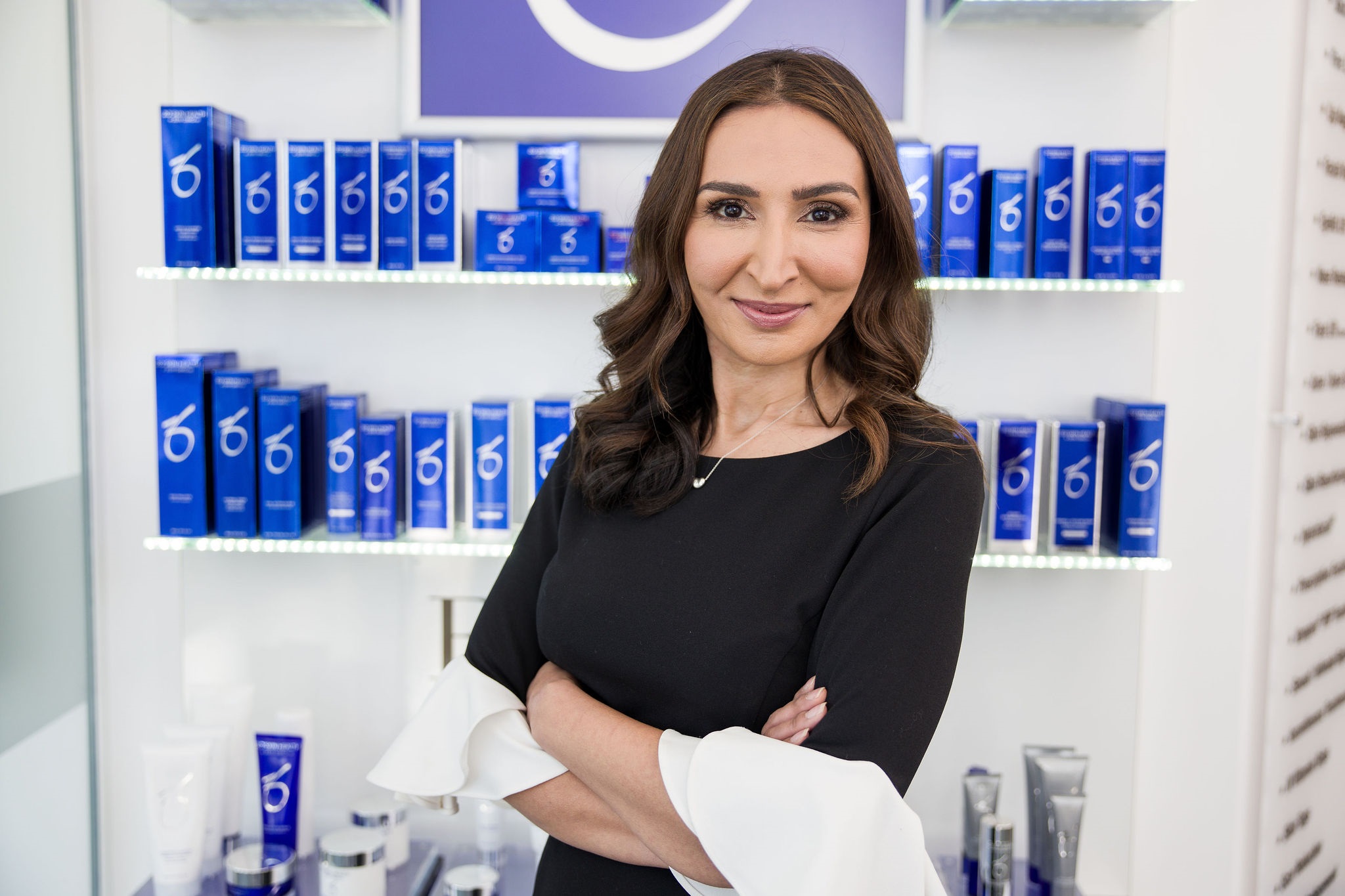
Dr Shirin Lakhani is an Aesthetic Physician and the founder of Elite Aesthetics. In part three of this series, she will explore the management of skin and body changes that accompany the menopause. For more information, visit elite-aesthetics.co.uk
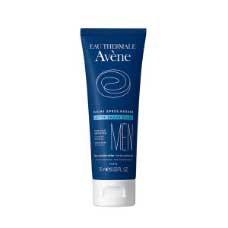
 Added to basket
Added to basket

 Unapplied Changes
Unapplied Changes


